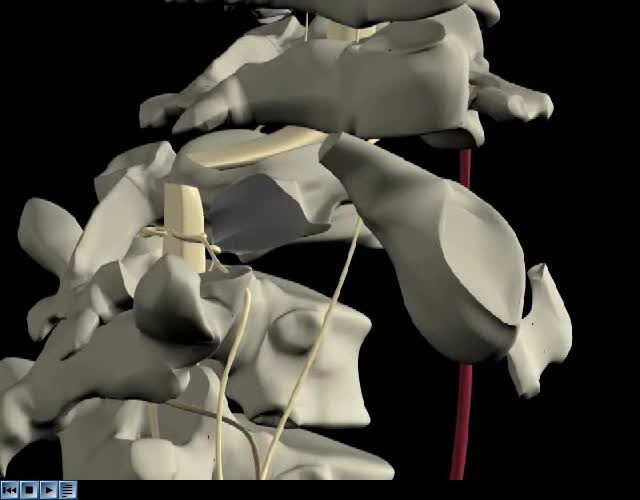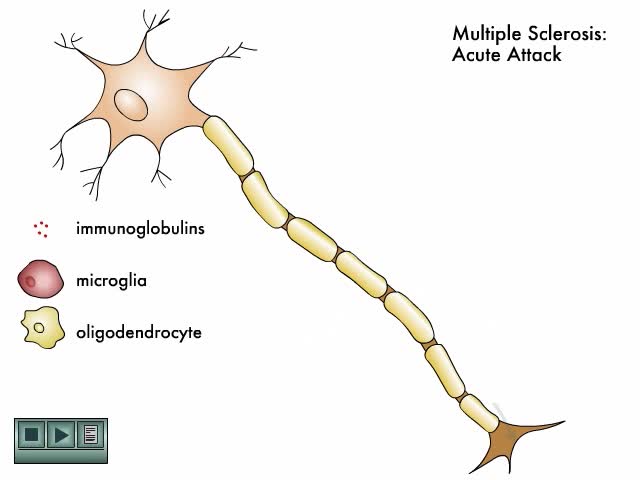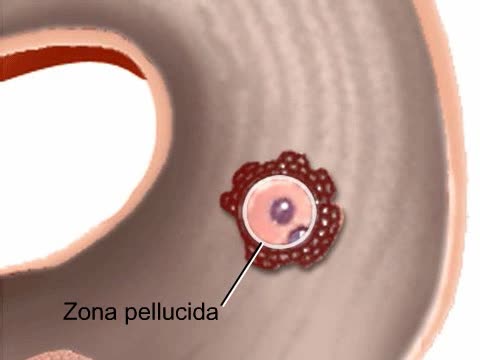Search Results
Results for: 'Neuron structure and function'
By: Administrator, Views: 14255
The most common cause of spinal cord injury is trauma. Spinal cord injury is most common in young, white men. Spinal cord injury can be either complete or incomplete. In complete injuries there is no function below the level of injury. In incomplete injuries there is some function remaining...
By: Administrator, Views: 14240
Multiple sclerosis (MS) is a demyelinating disease in which the insulating covers of nerve cells in the brain and spinal cord are damaged. This damage disrupts the ability of parts of the nervous system to communicate, resulting in a range of signs and symptoms, including physical, mental, and so...
Structure of Amino Acid, Peptide Bonds & Polypeptides
By: HWC, Views: 10602
Here are the molecular formulas of three different amino acids. All amino acids share this backbone. The main difference between every amino acid is the side groups seen here, and these side groups give each of the amino acids their different characteristics. But before we get into that, let's ...
System organization - PPM system types (Somatic, Autonomic & Enteric) and Reflex arc types
By: HWC, Views: 11203
• The PNS consists of all nervous tissue outside of the CNS. • It is divided into three functional components: • Somatic nervous system (SNS) • Autonomic nervous system (ANS) • Enteric nervous system (ENS) • The SNS consists of: • Sensory neurons from skeletal muscles ...
Membrane transport proteins - pores, gated channels and pumps
By: HWC, Views: 11150
• a Three different types of membrane ion transport proteins are required to produce and carry electrical signals: • Pores • Gated channels • Na+/ K+ pump • Pores are always open and allow the diffusion of Na+ and K+ ions across the membrane, down their concentration gradients...
Cellular slime mold life cycle Animation
By: HWC, Views: 5299
Life cycle of Dictyostelium discoideum, a cellular slime mold Animation. Amoeba-like slime mold cells live in the soil, where they feed on bacteria. The free-living cells grow and reproduce by mitosis. When food dwindles, the amoebas stream toward one another in response to a chemical...
By: Administrator, Views: 557
At conception, the gender and other biologic traits of the new individual are determined. The zygote is genetically complete and immediately begins to divide, forming a solid mass of cells called a morula. When the developing embryo (stage of development between weeks 2 and 8) reaches the ute...
Components of the Nervous System
By: Administrator, Views: 537
The nervous system is the part of an animal that coordinates its actions by transmitting signals to and from different parts of its body. The nervous system detects environmental changes that impact the body, then works in tandem with the endocrine system to respond to such events. Nervous tissue...
Proteins Defined, Hierarchy & Composition of Cells
By: HWC, Views: 10482
Proteins are long chains of amino acids linked together by peptide bonds. Together with the other three biological macromolecules—carbohydrates, lipids, and nucleic acids—proteins are the building blocks of cells. Proteins are the most complex and abundant biological macromolecules in cel...
Advertisement











